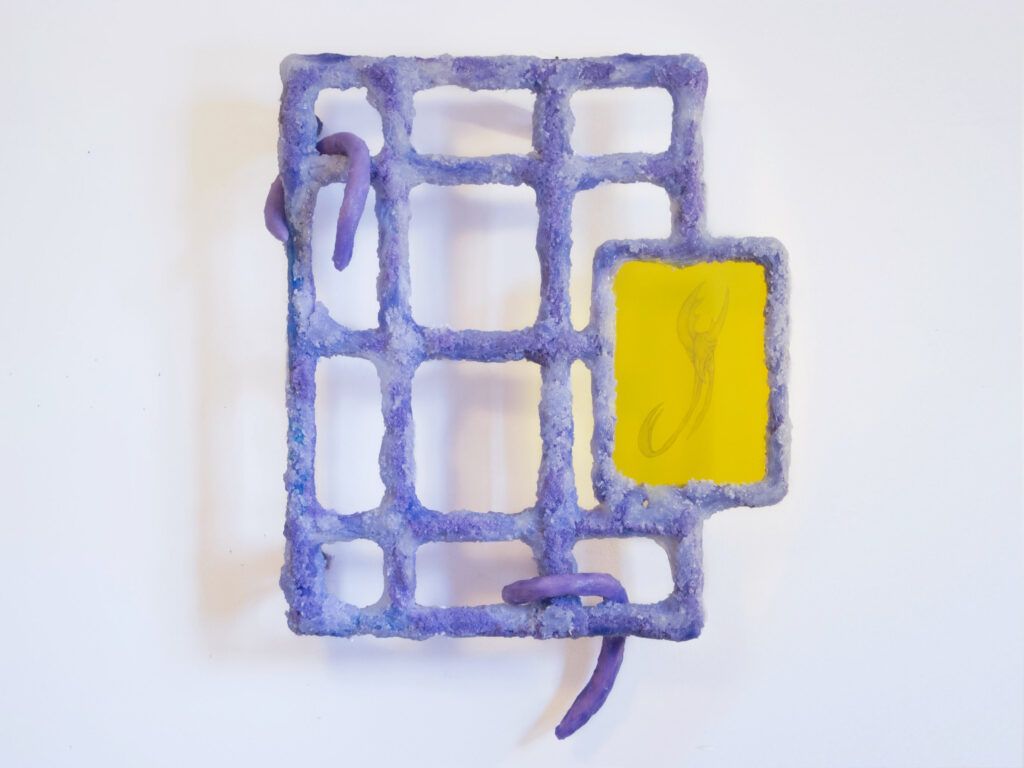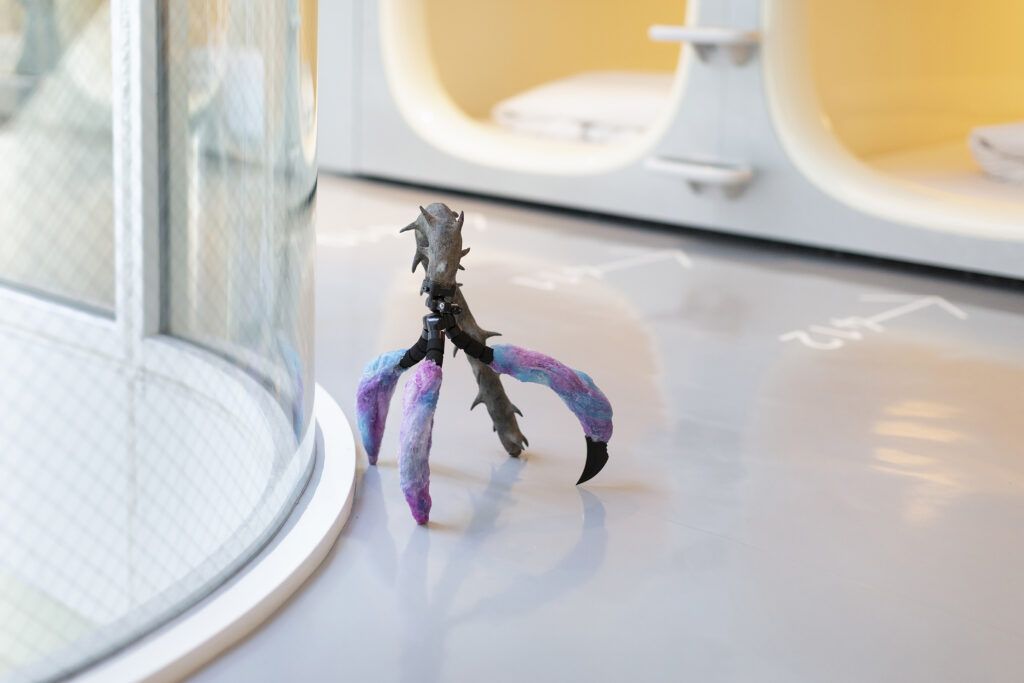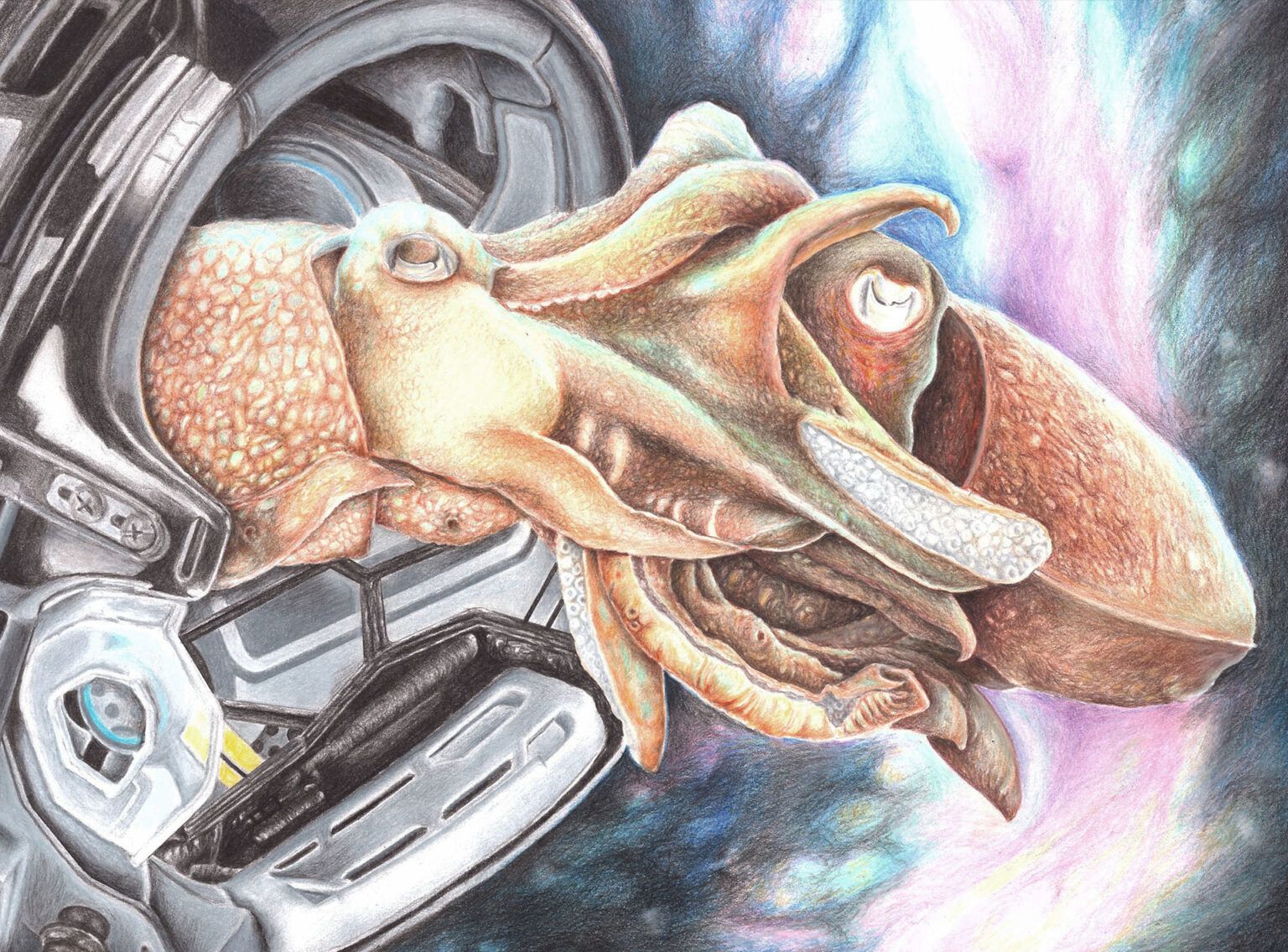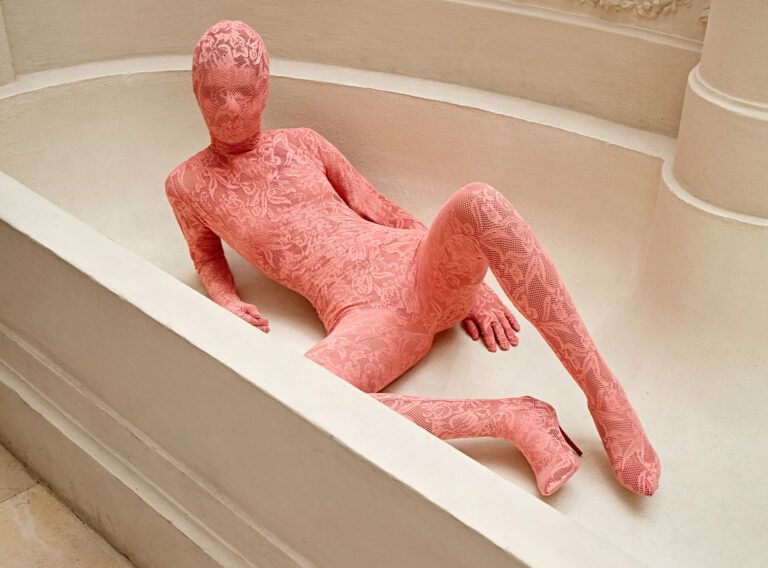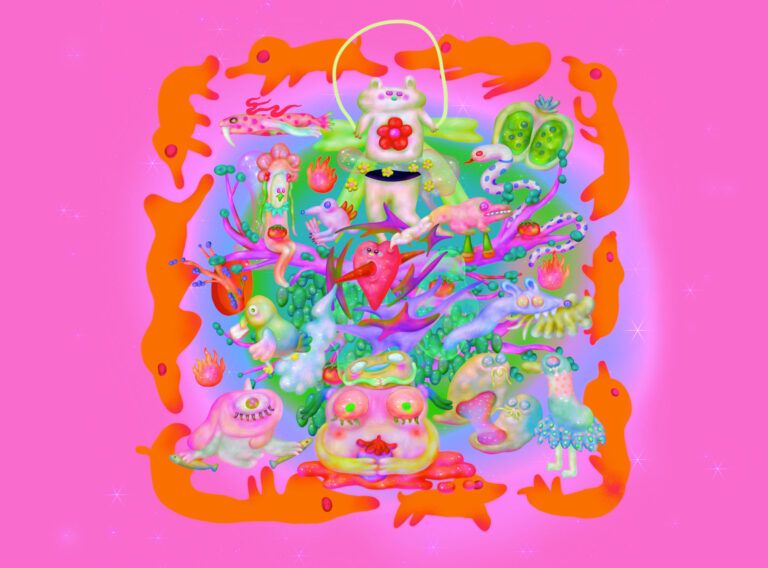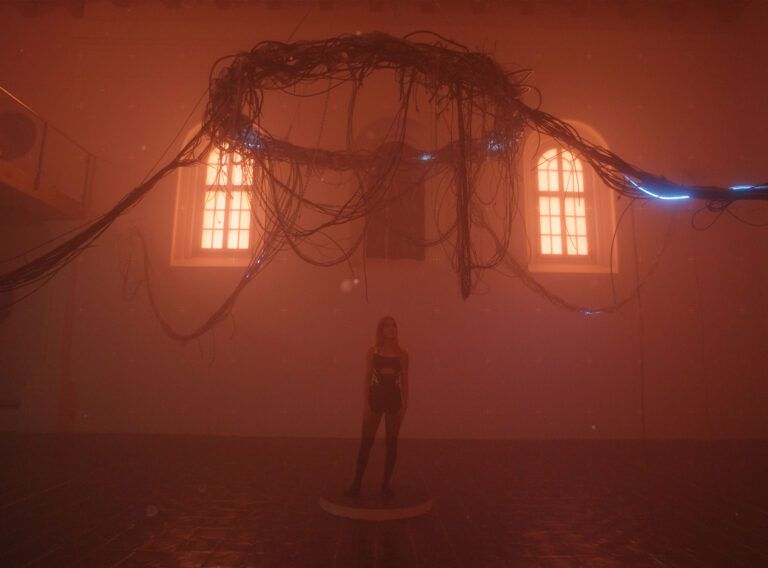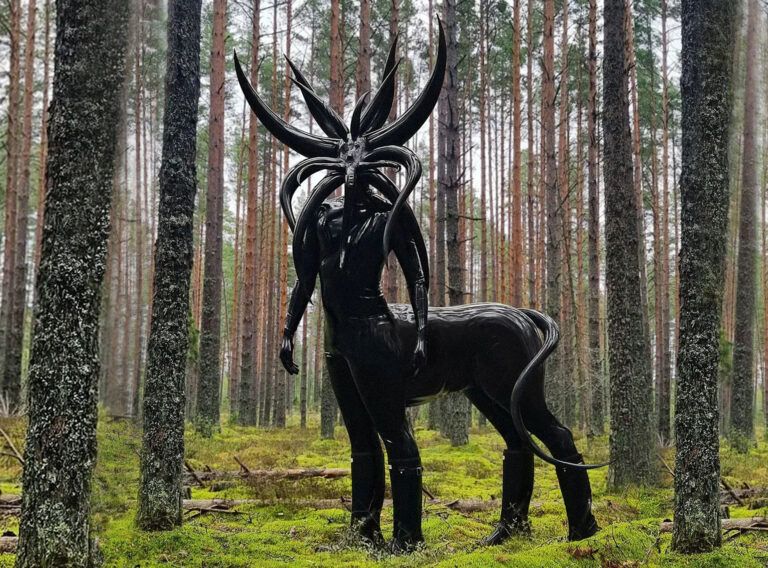/ PROLOGUE /
“Culex pipiens molestus is the name of a new species of mosquitos born in the London subway.
A surgeon invents a technique that allows him to modify Asian eyelids in order to conform them to Caucasian appearance.
A body hacker modifies his body through technological grafts, in order to make himself a sort of augmented human.
A writer predicts the fusion between technology and human intelligence, in which the technology will control evolutionary methods.
Darwin claims that natural selection defines the length of giraffe’s neck.
A futurologist says that in a few years, human beings won’t need to work anymore.
A friend of mine who works in a magazine distribution center told me how the bodies of the older workers are similar to the heavy boxes they carry for 8 hours every day.
Could you recognise an ancient Greek walking down the streets? How did the human physiognomy change during the millennia?
The human being is living in an evolution, as giraffes and toads do.
How will a woman look in 2,000 years? Will there still be a distinction among genders?
Does geometry exist in another planetary system?
In 2045, the uploading of the mind will demonstrate the existence of heaven.
How will plants and rocks react?”


/ INTERVIEW /
What is the main story of your artworks, especially the drawings with tentacles and monster-like objects?
The nature of my drawings is related to two different ideas. The first is that we tend to consider ourselves the peak of evolution, the ultimate version of our species. That’s obviously not true, we are literally in the middle of our evolutionary process, just as the toads or the squids. Our shape is temporary and I find it really intriguing to imagine ourselves in the remote future; how will our body change? Maybe we’ll face a hybridisation with other species of animals, plants or even minerals. For instance, I really hope we’ll develop some sort of gills, in order to breathe underwater.


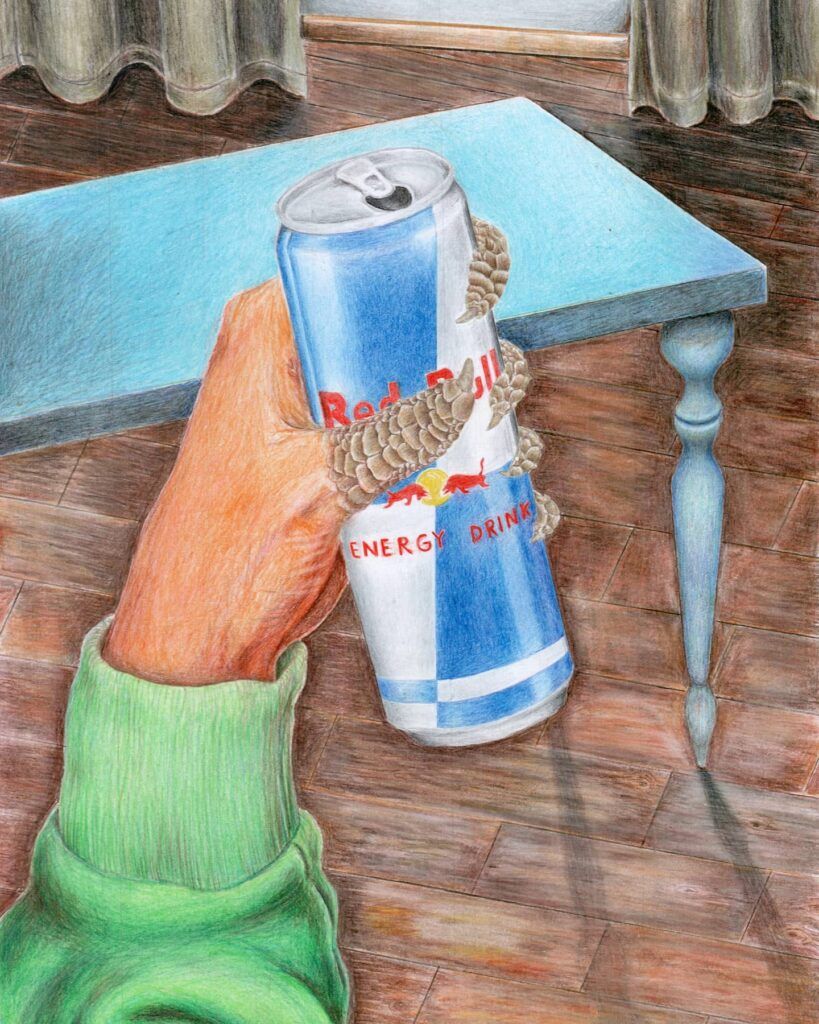
The second idea that shows in my recent works is the concept of the monster. I think that monsters (which are historically described as hybrids) are necessary to define ourselves. We need to categorize monsters in order to recognise ourselves as non-monsters. That’s why, in the common language, we call monsters these who do something horrible or even those extremely intelligent. We tend to use the expression with all the individuals who are somehow besides the average, both in negative or positive sense.
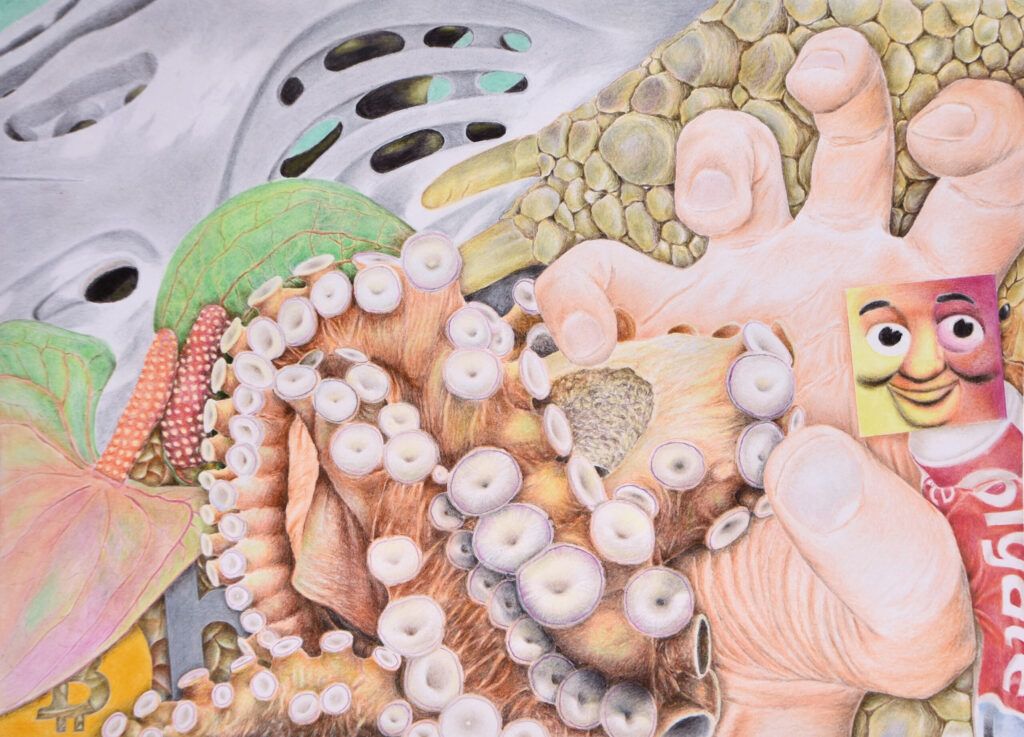
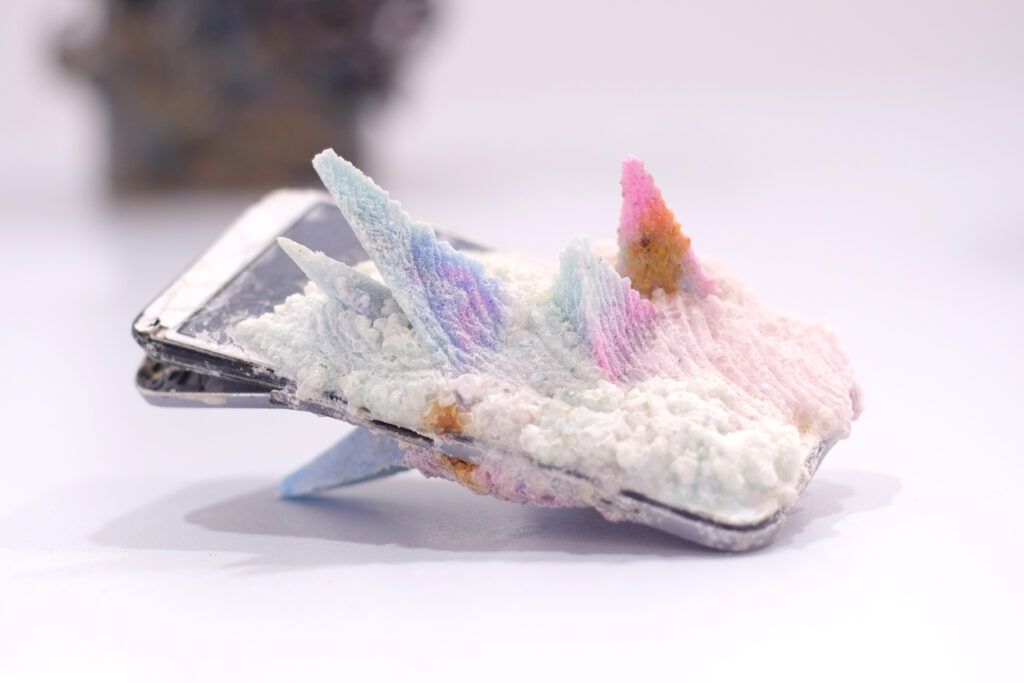
So, monstrosity is, first of all, a psychological definition. Building on this idea, I produced a series of works in which monsters are immersed in daily life. The concept of the monster is deeply rooted in our brain/soul/mind, and is considered immoral, illegal, and potentially dangerous by our society, so we learnt to repress it. What I do is basically setting it free. From my point of view, it’s firstly a liberatory act.
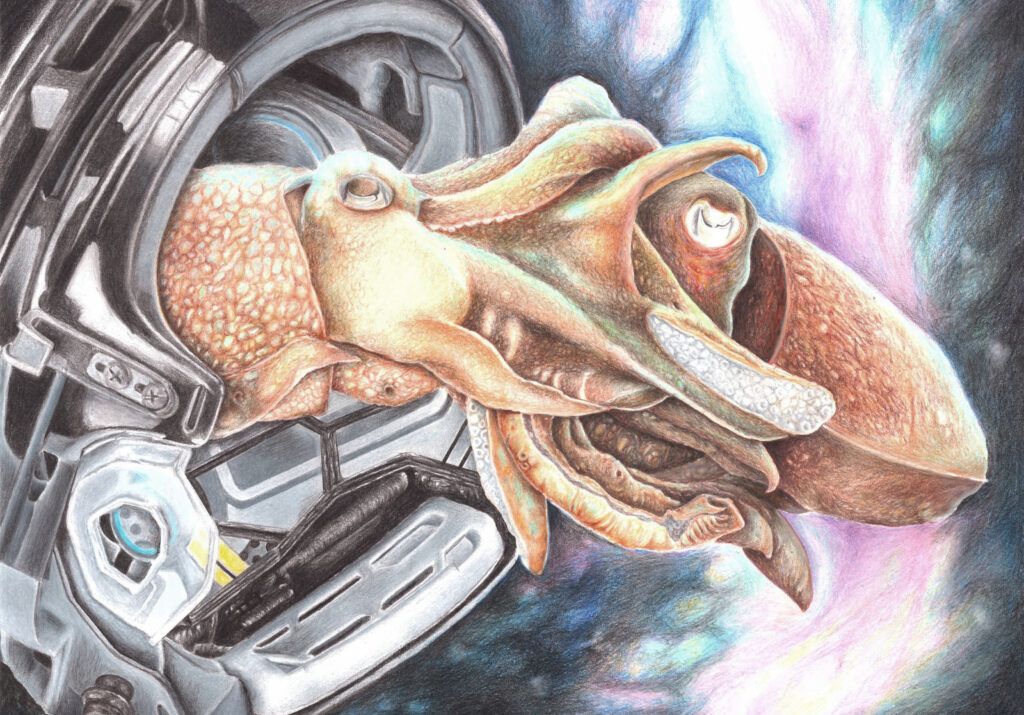

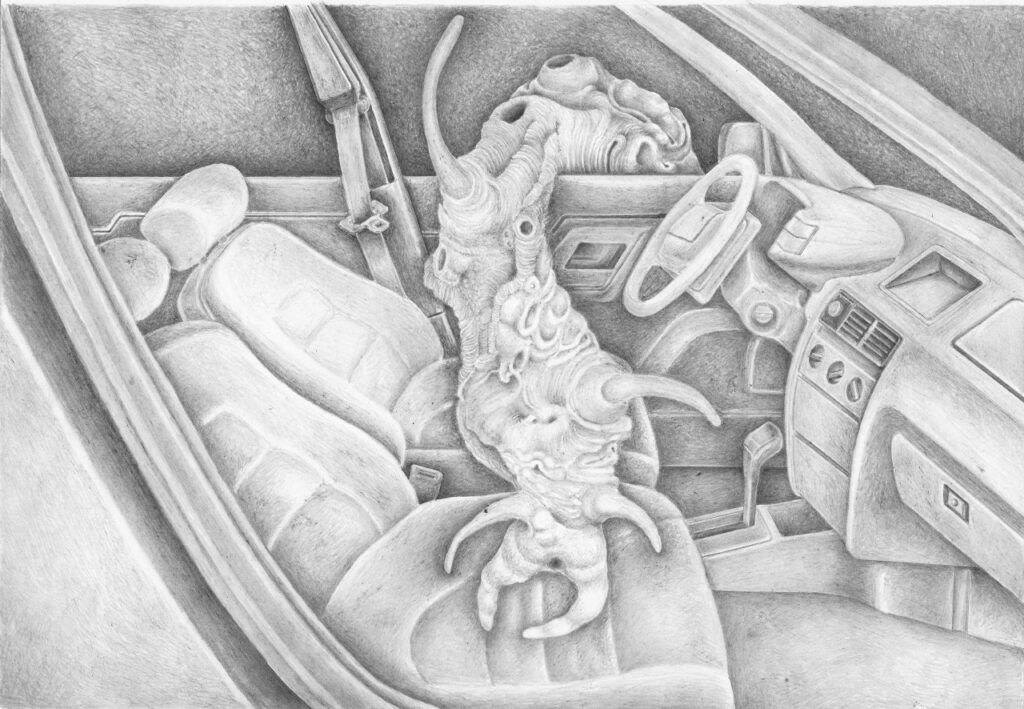
Our current theme, TOWARDS TERRA, is mostly focused on a utopian/dystopian future. What would the future look like if you had the power to control it? Would it be similar to any of your artworks?
From my point of view, my work is totally related to a personal idea of the world, and it is specifically developed as a glimpse into the future. As I said, my instinctive idea is that our species will mix with others, as we already did. We’ll mix our DNA with plants and animals and we’ll possibly access a deeper level of consciousness. Of course, this is the best scenario… There’s no need to say which one is the worst.


Are you currently preparing any new exhibitions or projects we can look forward to?
I just finished a new series of drawings for a book written by a talented author focused on the surreal interpretation of recent Italian history.

